Selling on Facebook Marketplace: Rules & How to Get Started
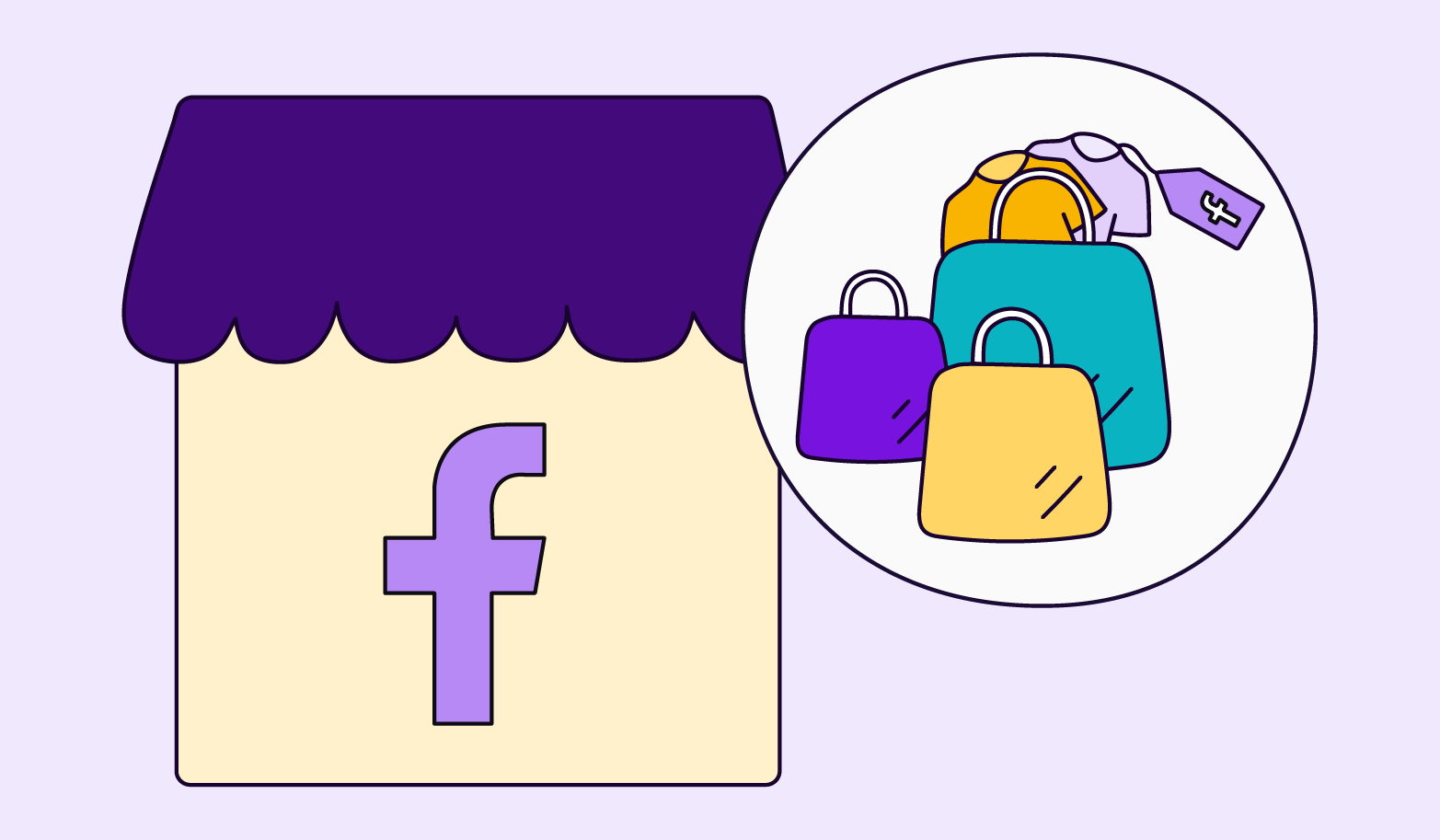
Keep the good stuff coming
Subscribe to our blog newsletter and get monthly content that helps you manage product data smarter.
No spam. Just real value.
Water sans bottle, illegal narcotics, and five-dollar souls (what a bargain!) — since its rollout, Facebook Marketplace has been fertile ground for buying and selling notoriously niche as well as some actually useful items.
Launched in late 2016, Facebook’s peer-to-peer selling platform was created after the company saw the success of thousands of unofficial buy-and-sell groups. Facebook Marketplace attracts over 2.91 billion users around the world every month! As a result, broad range of items can now be sold on Facebook Marketplace, from household goods to automobiles, but there are restrictions on items like weapons, ammunition, and digital products.
What is Facebook Marketplace? In short, it's a platform for online sellers to create and manage listings, connecting buyers and sellers in a seamless way. With over 2.91 billion users worldwide, the Facebook app provides an extensive reach for businesses and individuals to sell items, promoting their products to a targeted audience.
You might be thinking, what’s in it for Facebook (Meta)? While the transactions are surprisingly still free, Facebook introduced several ad formats to start generating profit in 2018. Brands and retailers are starting to take advantage of this social marketplace to reach the platform’s massive audience.
Interested in jumping on the Facebook Marketplace train?
Then keep reading as we explain how to sell something on Facebook Marketplace, along with the platform’s best practices for your brand, and the number-one tool for keeping all your product data fresh and ready for the fast-paced social media platform.
Benefits of Facebook Marketplace for sellers
Why are brands and retailers flocking to Facebook Marketplace? Because it empowers them to cut through the noise to engage interested consumers, collect feedback on new offers, and build trust and reach within Facebook’s audience. The platform has become a vital space for shopping, attracting over a billion visitors monthly who engage in buying and selling. So, let’s take a closer look at these benefits:
Engage consumers with strong purchase intent
Reaching consumers at the exact point at which they intend to buy something can lead to a massive increase in conversion rates. And, usually, it’s pretty difficult to achieve this on a large scale. But on Facebook, most consumers are ready to buy!
By enhancing the functionality of their ads to integrate both online and physical shopping options, Apartment Guide saw conversions double and cost per conversion drop a massive 45%. How’s that for spending a little money to make a lot of money in return?!
A low-risk product testing ground
Another valuable feature of FB marketplace is that there is no initial cost to create a listing. That means you can test out new products risk-free and without lengthy A/B testing. Just create a listing (which we’ll explain next), start tweaking the settings, and see what brings in the best results.
You can experiment with different pricing, exclusive deals, and even special discounts. And, if you want to get a feel for what sells best on the platform before you even start making listings, you can always check out the “Top Picks” sections for each category to gain insights. If you want better conversions, you must optimize your listings. If you’re looking for product inspiration, here is a list of items that sell fast on Facebook Marketplace.
Build trust and increase reach within the Facebook universe
Because purchases are usually made through Facebook Messenger, buyers, and sellers are able to establish trust and lasting relationships that lead to further sales.
Another benefit of working within an advertising oligopoly like Facebook is that you can access all of their apps. Facebook can serve your ads on its own platform, but you can also increase reach through Instagram and the Facebook Audience Network — a network of mobile apps that partner with Facebook to sell ad space to them.
And who could forget Facebook's vast amounts of user data?
Facebook knows everything about its users: what they buy, what music they listen to, where they vacation, what size they wear, what they had for lunch yesterday, and plenty more. And, they are eager to use this data to make advertisers more effective! You can also integrate your Facebook ads with a hyper-personalized application that will target multiple user groups, to bring more sales and enrich data on Facebook. This all means improved reach, more personalized ads, and ultimately higher conversion rates for you.
Rules for selling on Facebook Marketplace
Like any marketplace, Facebook has its own rules that must be followed. Two of the most important rules are:
-
You need to ensure that the descriptions of your products match the product images
-
You need to sell physical products, so, jokes, news, or services are not allowed
There’s also a list of products you can’t sell and those you’re allowed to sell on the platform. For example, items such as medical devices, ingestible supplements, and weapons are strictly prohibited.
Let’s break down what you can and can't sell:
Products you can sell on Facebook Marketplace
Here’s a list of things you’re allowed to sell on the platform:
-
Cars and bikes
-
Property rentals
-
Apparel
-
Classifieds
-
Electronics
-
Entertainment
-
Garden & outdoor
-
Hobbies
-
Household items and furniture
-
Home improvement supplies
-
Home sales
-
Musical instruments
-
Office supplies
-
Pet supplies
-
Sporting goods
-
Baby items
-
Toys and games
Products can you NOT sell on Facebook Marketplace
You need to comply with Facebook’s Commerce Policies with their listings. This means that the following are some of the things you’re not allowed to sell on the platform:
-
Anything that isn’t a physical product
-
Adult products
-
Tobacco products
-
Healthcare products
-
Ingestible supplements
-
Alcohol
-
Animals
-
Body parts or fluids
-
Digital media or electronic products that facilitate unauthorized streaming
-
Documents, currency, or financial instruments
-
Gambling products
-
Hazardous products
-
Services such as cleaning services
-
Human exploitation services such as sexual services
-
Healthcare-related products (e.g. thermometers, first-aid kits)
Additionally, there are rules that must be respected. Some of these include:
-
Event tickets can only be handled by approved sellers and must be coordinated through designated partners, reflecting the platform's commerce policies;
-
It's ok to sell beauty products in general, but you cannot sell used cosmetics;
-
Listings must not infringe on third-party intellectual property rights.
Here’s a full list of things you aren’t allowed to sell on Facebook Marketplace
Selling responsibly
This might be a bit redundant, but needs to be emphasised nonetheless. Selling responsibly and complying with Facebook’s Commerce Policies is crucial to maintaining a positive reputation and ensuring a safe experience for both buyers and sellers.
Furthermore, sellers can utilize seller badges on Facebook to increase trust by demonstrating their commitment to responsible selling practices. While there's a variety of different badges you can earn for different accomplishments, most are related to responsible selling in one way or another.
Getting started
Now that you know what you can and can’t do, let’s dive into how to use Facebook Marketplace to sell your products.
To enter the Marketplace, log in to your Facebook account and select “Marketplace” in the left-hand sidebar:
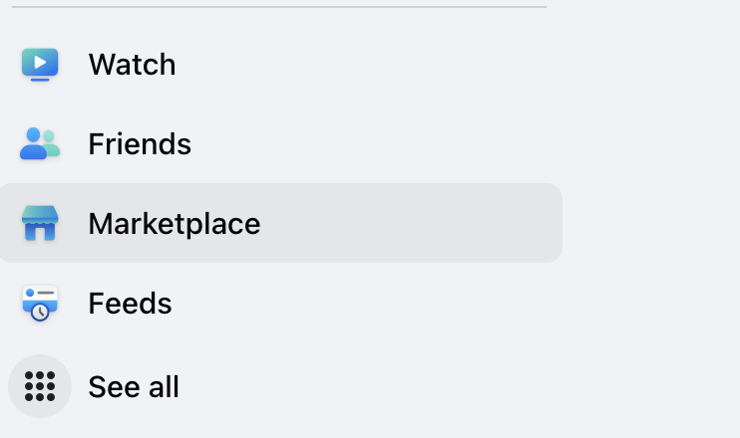
Once you’re in, start creating your listing by clicking the “Create New Listing” button at the bottom of the menu bar:
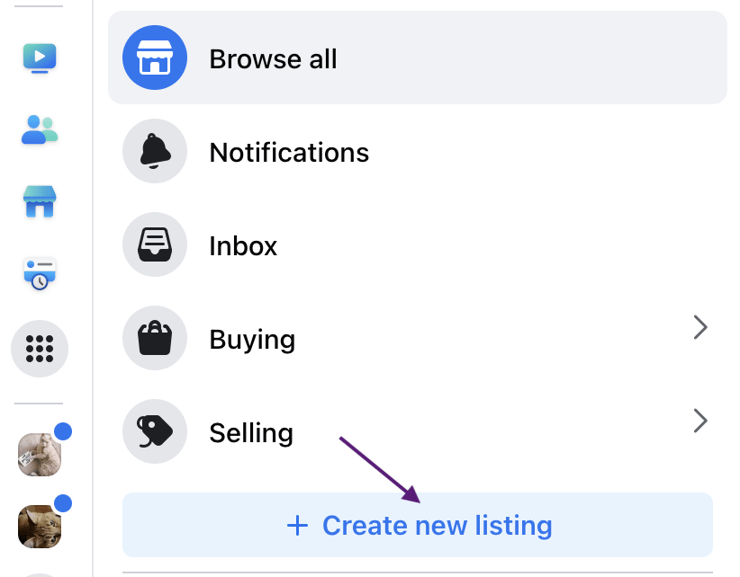
In the first pop-up window, you will be prompted to specify whether you’re selling a vehicle, home, or item. Select “Item for Sale” and fill in your product details in the next window:
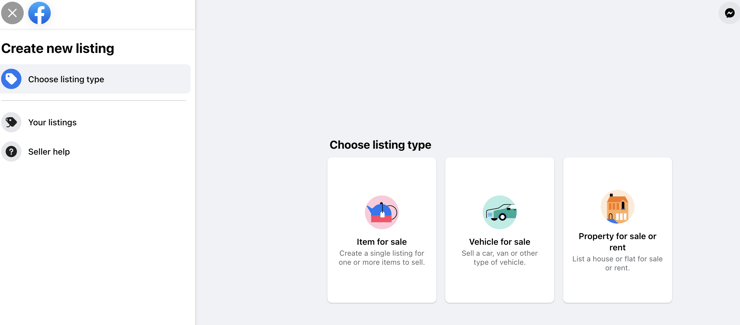
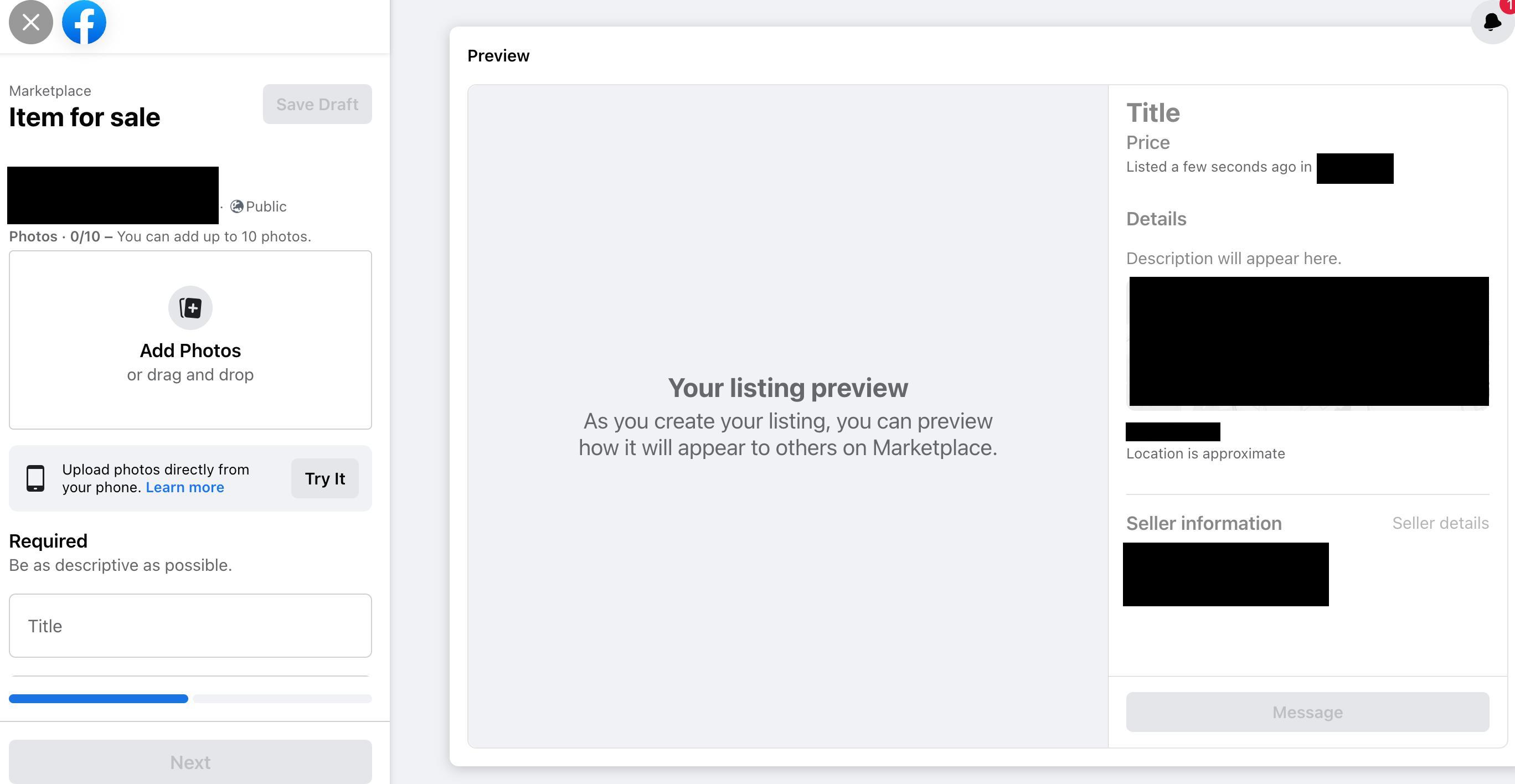
Once you’ve filled it all out and added photos, click “Next” then “Publish” and you’ll have successfully created your first listing!
Your listing will now be visible to everyone in your specified area who is browsing Marketplace.
How to boost your Marketplace listing on Facebook
Now that you know how to add products to Facebook Marketplace, consider boosting your listings to increase the chances of your items being sold. Boosted listings will appear to people in your nearby zip codes and are the easiest way to attract more traffic to your listing. All you have to do is click on a listing in Marketplace and select the “Boost Listing” option:

From there, you can set a budget, choose how long your ad will run, select your payment method, and even preview your boosted listing before it goes live:
These ads (boosted listings are considered ads) will automatically populate the price, title, photos, and description from the original listing.
Once they’ve been live for a bit, Facebook will give you some stats for your boosted listings: The number of people they reached, the number of messages you received about them, how much you’ve spent, and how long the boost lasted.
Based on this information, you can determine which one of your boosted listings performed the best, recreate it as a Facebook ad, and use Facebook’s automatic placement option for scaling your reach. That’s next.
How to advertise on Facebook Marketplace
Placing an ad in the Marketplace can be a lucrative strategy for every business that wants to reach users with strong purchase intent, promote their products to localized audiences, and foster a more personal relationship with buyers by selling on marketplace.
If you want to use Facebook Marketplace for ad placement, you’re not going to follow the above steps to create product listings. Instead, you’ll create placement ads the same way you would create ads in your Facebook Ads Manager. And, if you’re wondering how much it costs to advertise on Facebook Marketplace, it’s all up to you, you set your budget and bid. Facebook won’t spend more than your max.
To create an ad for the Marketplace, you’ll need to create a business account or use an existing one. Once that’s done, navigate to the “Ads” button in the left menu bar and follow the prompts.
Here are Facebook’s general instructions for ad creation:
-
In your Ads Manager account, choose “Brand Awareness,” “Reach,” “Traffic,” “Video views,” “Lead generation,” “Event responses,” “Messages,” “Conversions,” “Catalog sales,” or “Store traffic” as your objective and click “Continue”
-
Choose your destination
-
Choose your audience, define your targeting options
-
Choose “Automatic Placements” or “Edit Placements” (There’s unfortunately no option to select Marketplace as the only place to display your ads yet. We recommend choosing “Automatic Placement” for better ad scaling and to leverage Facebook’s family of mobile apps for exposure.)
-
Set your budget, schedule your ad
-
Choose your format from video, image, or carousel (several rotating images)
-
Click “Done,” click “Place Order,” and enjoy seeing your ad on Marketplace and the Facebook mobile app once it’s approved!
The best ad formats for Facebook Marketplace
Image and carousel ads perform well in social marketplaces for two reasons.
One, they look more like the other listings, so people who want to purchase directly from a seller are more likely to click on them. And, somewhat paradoxically, professional photos can also make ads look just a tiny bit more special among a sea of amateur photos from individual listings.
It's best to find the sweet spot between appearing professional while still blending with the general look of related listings.
Facebook Marketplace image size recommendations for single images are 1200x628 pixels and for carousel images are 600x600 pixels.
In the case of Facebook Marketplace video ads, it's standing out that plays in your favor.
Since Marketplace is largely populated with static images, videos are likely to grab consumer attention. Similar to the above tip about photos, don't alienate viewers with over-the-top video production. Instead, go for a more DIY solution when you're choosing or creating the video for your ad to convey authenticity and commitment.
Managing listings
Managing your listings is fairly is straightforward.
You edit your listings, update prices, and respond to buyer inquiries. You can also use software such as Zentail or OneShop to manage listings, making it easier to track sales, respond to messages, and analyze performance.
To optimize listings, use high-quality photos, detailed descriptions, and competitive pricing. By regularly monitoring and updating your listings, you can improve their visibility, increase sales, and provide a better experience for buyers. And be sure to check other tips and best practices for creating effective listings that attract potential buyers.
Manage your Facebook Marketplace products with PIM
Creating listings and ads on Facebook Marketplace enables brands and retailers to reach consumers with strong purchase intent, test out new products practically risk-free, and increase their reach in the massive Facebook universe.
But it isn't a walk in the park. It takes a ton of effort to get the correct product attributes and keeping it updated on Facebook. Especially now, when a single online product can have as many as 200 attributes. That means ecommerce managers and marketers have thousands if not millions of data points to create, optimize, and maintain.
Slip up and enter something wrong? Too bad, because a single product data error can cost a business anywhere from $50 to $80 to fix.
That explains how, worldwide, inaccurate product data costs the ecommerce industry over $100 billion USD every year.
For a whole lot smaller investment than that, you can get your very own product information management (PIM) software that integrates directly with your webstore, and your Facebook account. That way, you can tweak pricing, adjust messaging, add new product descriptions, etc. — and keep it updated across platforms with the push of a button.
Curious to see if Plytix might be the PIM for you? Book a free demo and have a look for yourself!
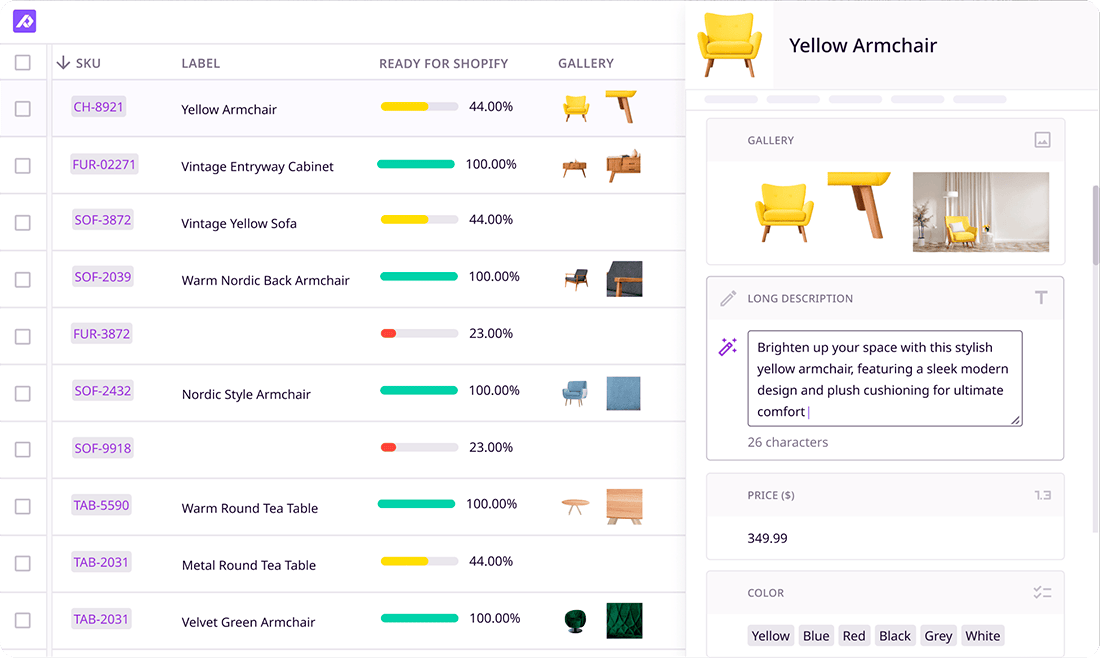
What if your product data actually worked for you?
We’ll show you how Plytix helps you stop fixing data—and start using it.
Related posts
Keep the good stuff coming
Subscribe to our blog newsletter and get monthly content that helps you manage product data smarter.
No spam. Just real value.
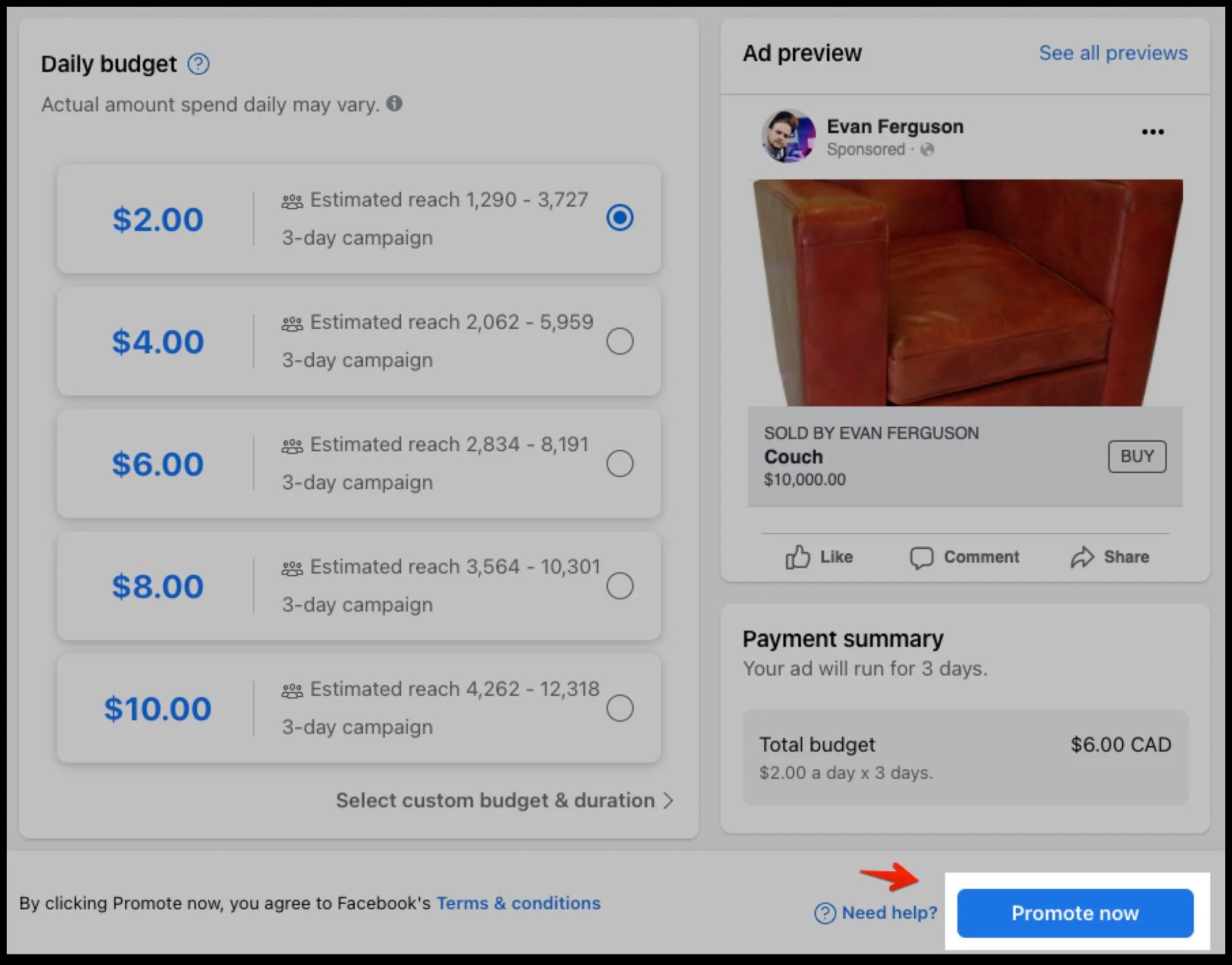
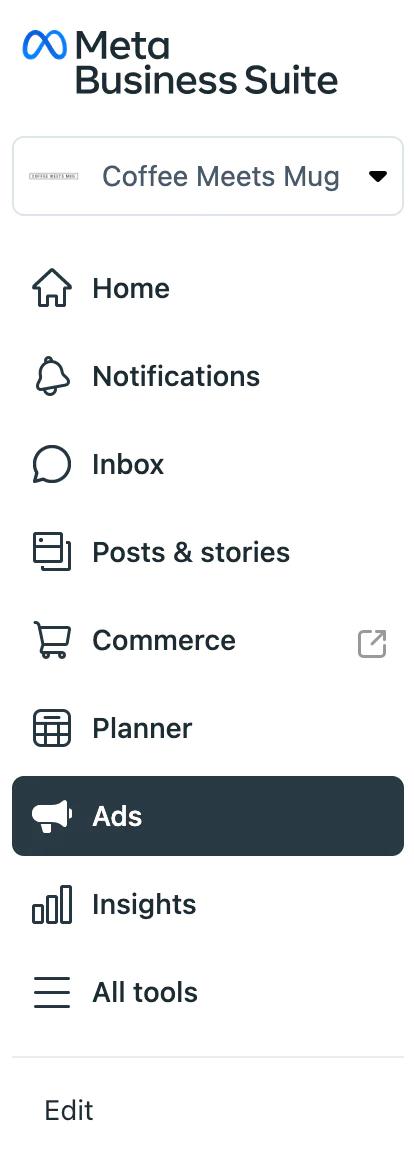

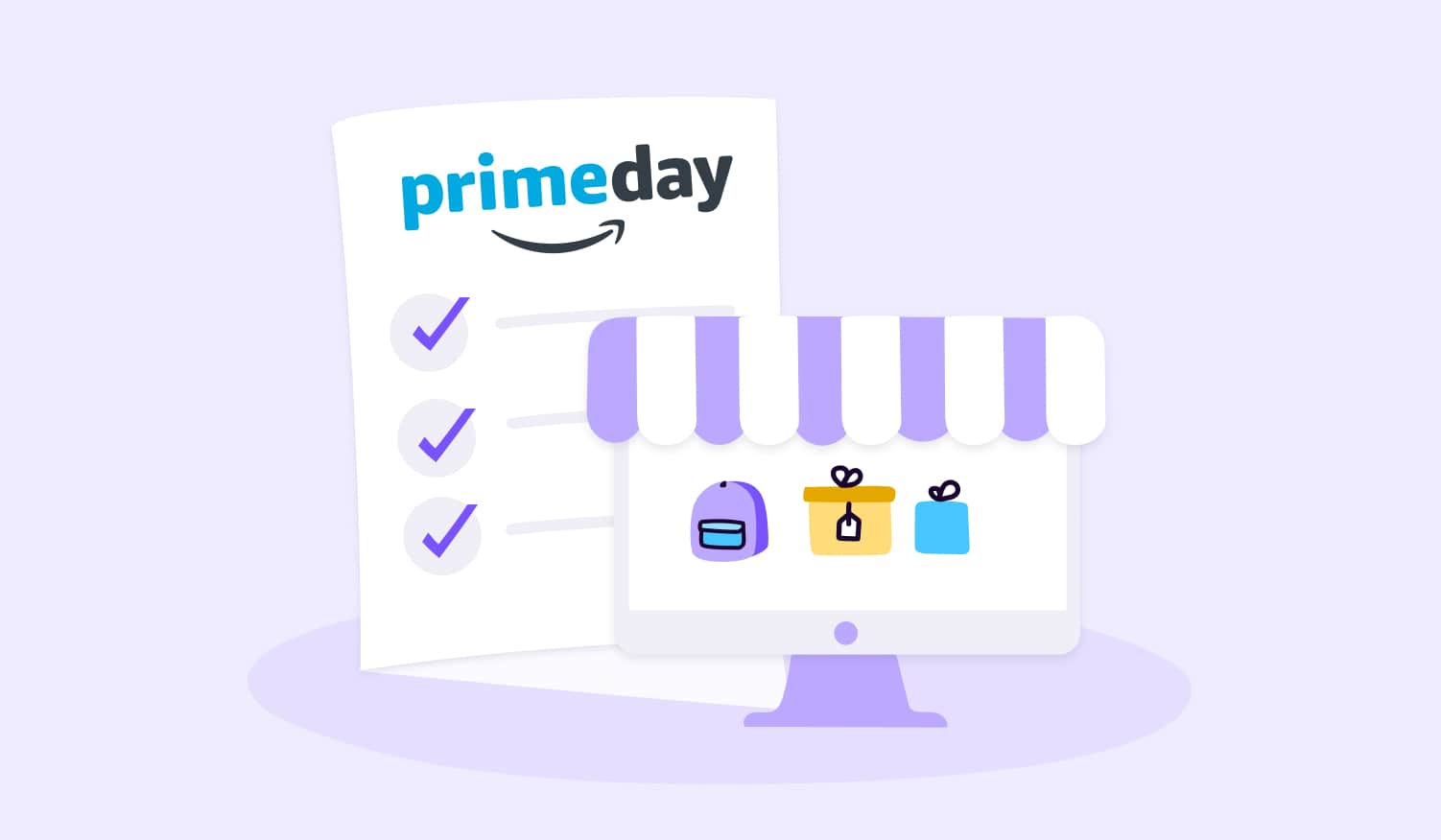
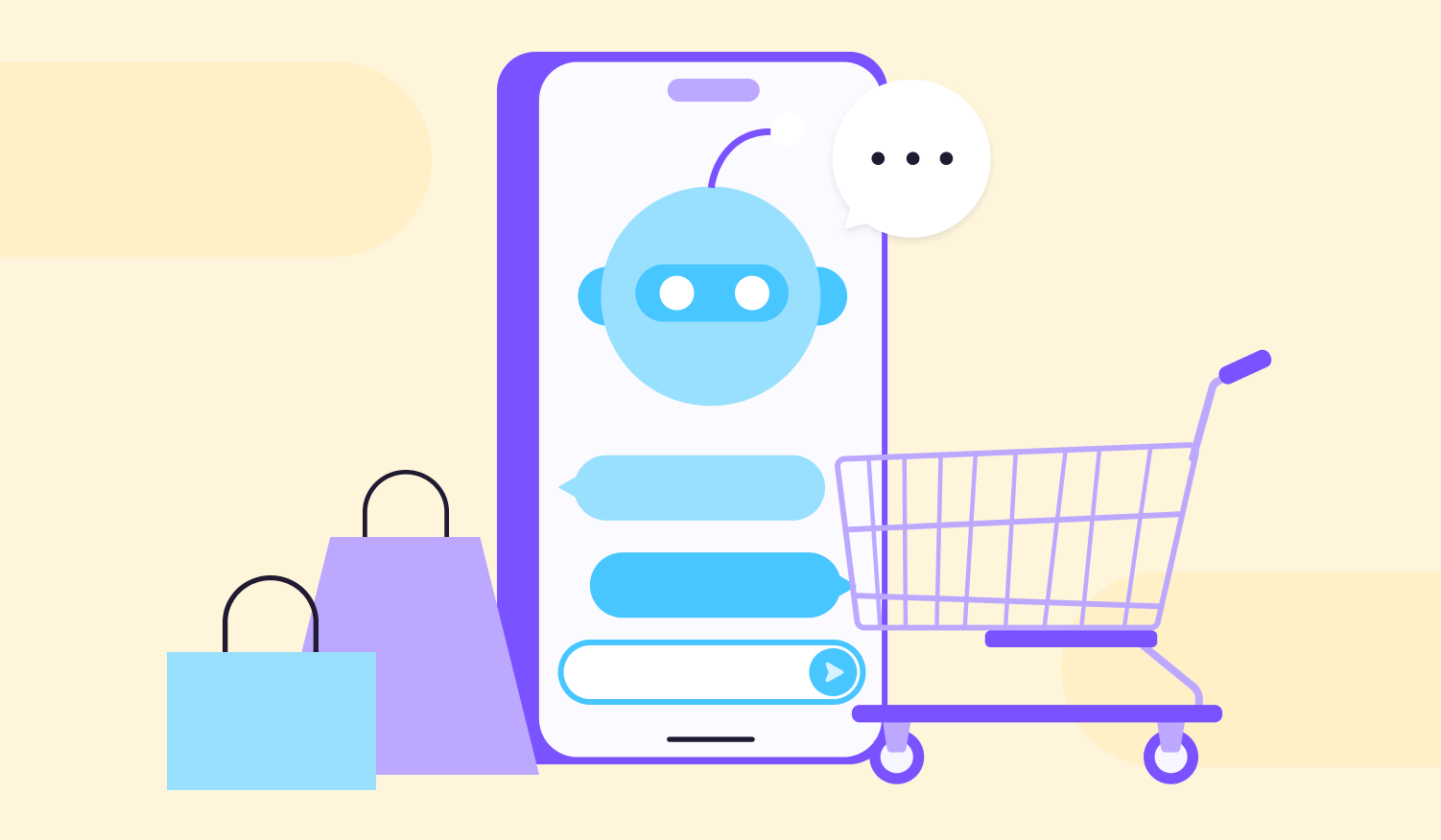
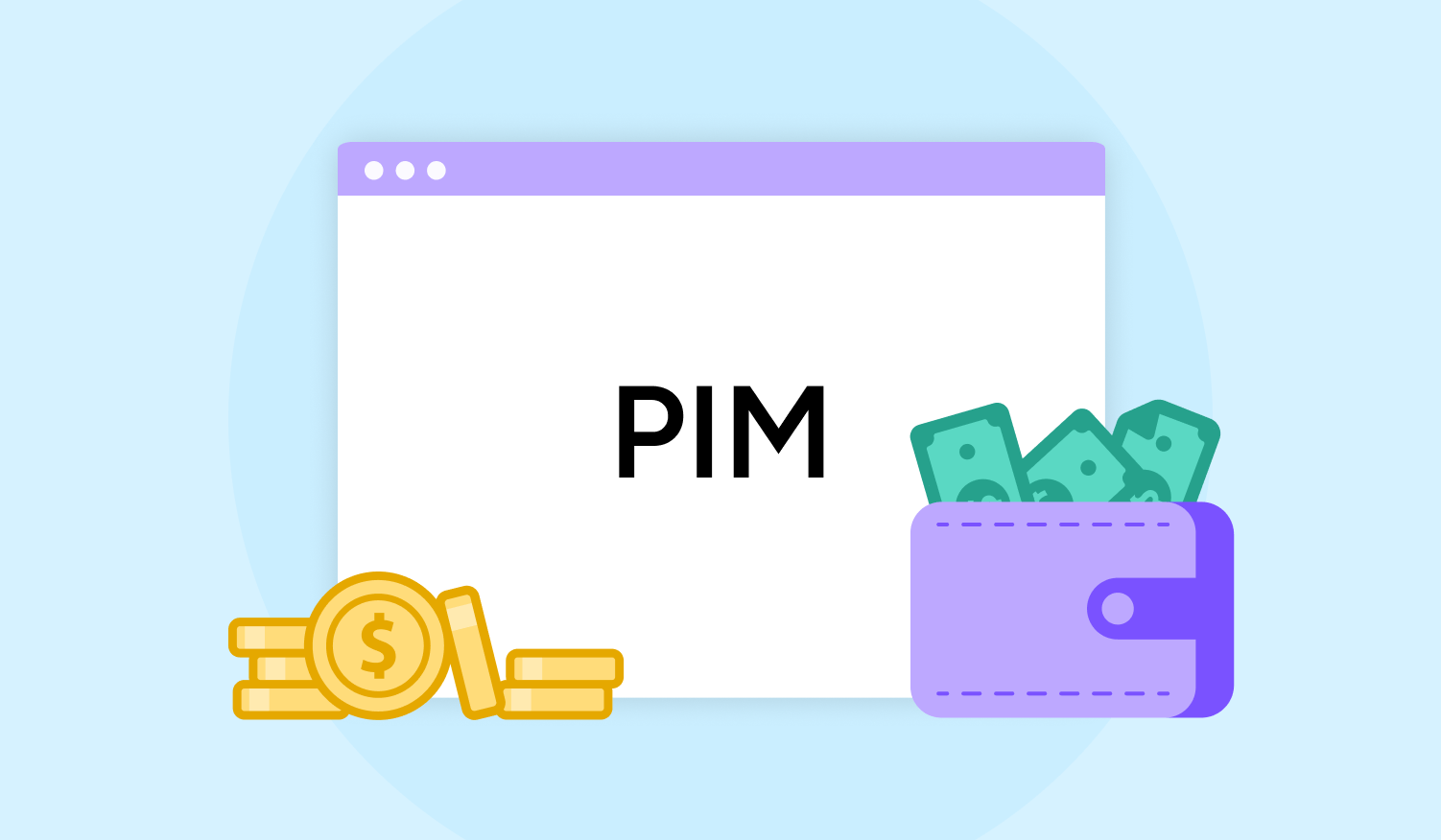

Think others should see this?
Go ahead and share it.